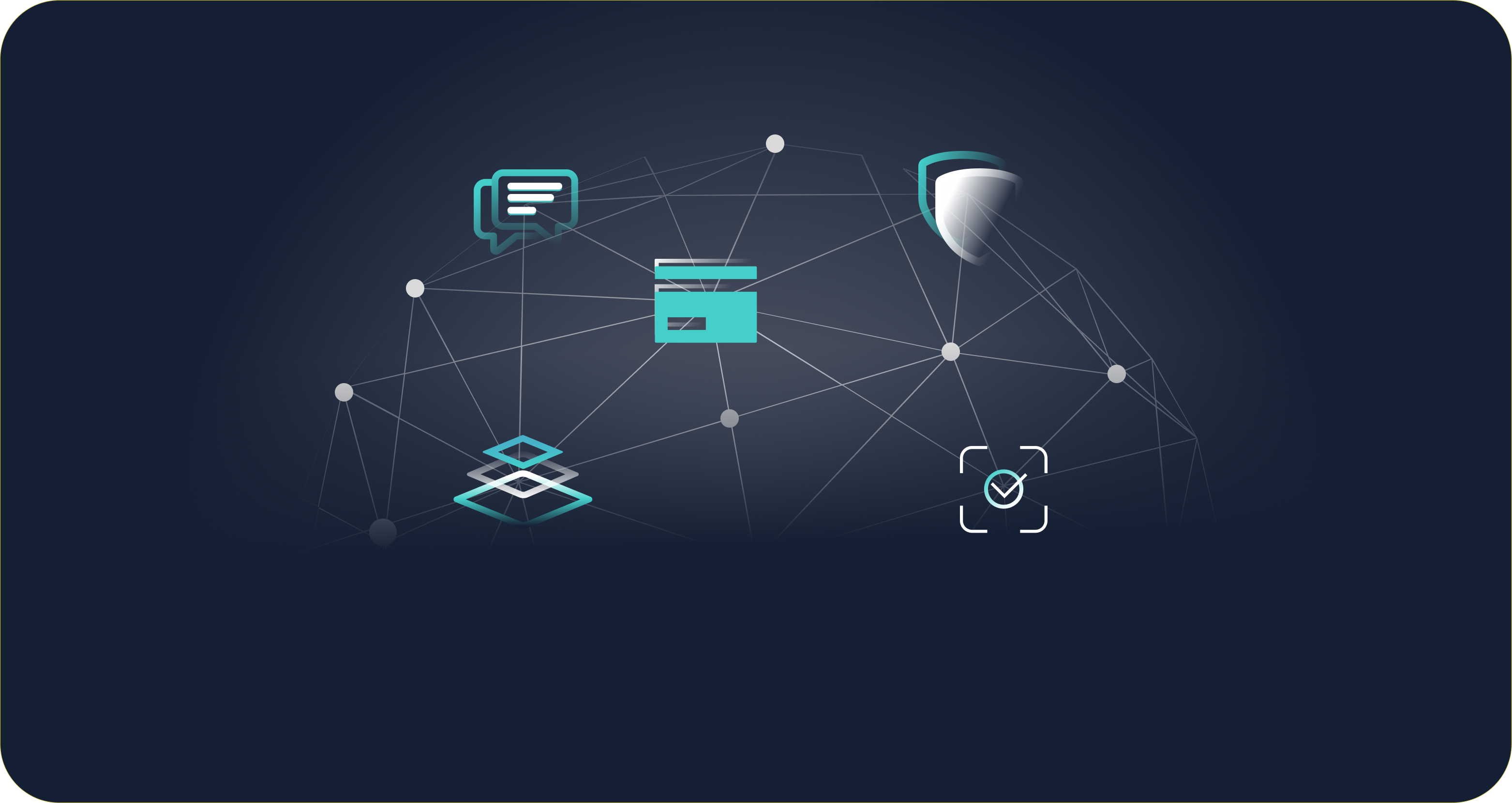Machine learning 101: Using ML to increase portfolio yield
How AI underwriting can benefit your business outcomes
In the best of times, and in the worst of times, financial institutions want to know — how do I increase my yield (without increasing risk)? The answer to that question: machine learning.
But not everyone (including me) is a data scientist or a programmer. Nonetheless, we can still understand a few machine learning basics, and understand how it can increase portfolio yield, reduce risk, and make for some smart, inclusive, and efficient AI-credit decisioning.
If we roll back the curtain a little bit, we can understand machine learning in a few basic terms:
- Machine learning (often abbreviated as ML) is a subset of artificial intelligence (AI), primarily focusing on predicting outcomes. While Chat GPT or MidJourney might be focused on answering prompts or creating images, machine learning algorithms tell us what the most likely outcome of a situation will be — such as how likely you are to pay off your loan.
- Algorithms are sets of instructions that answer a question or solve a problem. Social media algorithms, like on TikTok or Instagram, attempt to answer the question, “what post do you want to see next?”
- Models are programs that have been trained to recognize patterns. For our purposes, a machine learning model is a program designed to look at data from a credit reporting agency to analyze which factors accurately determine the likelihood of someone to default on a loan.
If you want to dive into the nuts and bolts of machine learning, check out our ebook and video on the topic.
Ok, now that’s out of the way, what’s all this about higher yield?
To quote Taylor Swift, I think you’ve seen this film before — two borrowers with the same industry score, who are actually on opposite ends of the credit spectrum. With traditional scoring methods, underwriters might deny loans to both of these borrowers, or spend time and resources on a manual review. With machine learning models helping assess consumer loans, financial institutions can more accurately predict these two borrowers’ risk tolerance, and price them accordingly.
So, for example, Ben and Darcy both have an industry score of 700, but their spending behaviors and habits differ heavily. Darcy has been paying down her balance significantly, and frequently, and her newest credit card is more than three years old. On the other hand, Ben just opened two of those credit cards in the last two years and his balance has been trending up over time.
Machine learning algorithms automatically take these factors into consideration, meaning that Ben and Darcy receive an automatic decision, and they can be priced fairly. Borrowers like Darcy can be automatically sorted into a lower pricing tier, and borrowers like Ben can be automatically sorted into a higher pricing tier. The resulting decisions using AI risk management technology are both accurate and fair for the borrower, and increase yield for the lender.
Think of the thousands of Bens and Darcys who are out there, who aren’t being accurately assessed for risk because of outdated scoring methods. And when the average credit score is 714, that’s a large portion of Americans who will all need a loan at some point in their lives.
Machine learning models help financial institutions find those riskier borrowers (and those who are less risky, despite their credit score). With the right tools in your lending toolkit, more accurate, fair, and efficient decisions will come with big, AI-driven benefits and a better underwriting experience.

